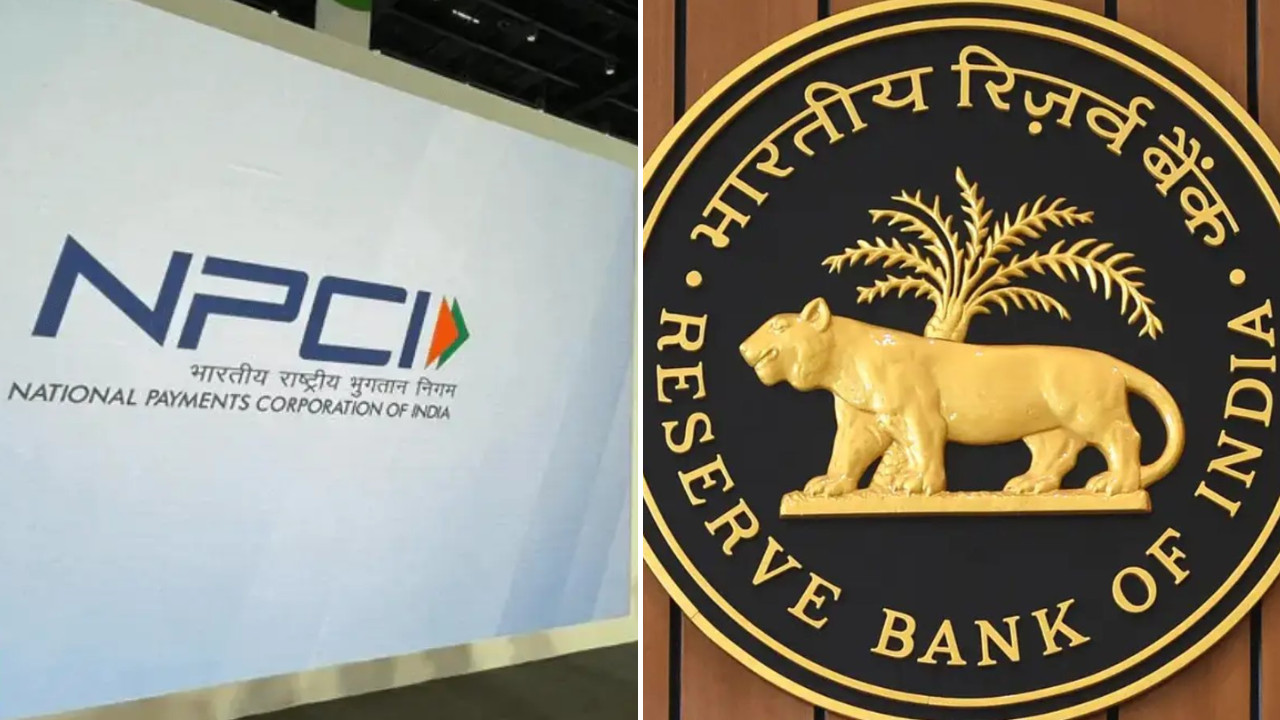Union Minister Piyush Goyal announced that India will receive due recognition for its unique cultural products under the new FTA with the UK, citing the Prada-Kolhapuri chappal controversy. The government aims to protect and promote Indian GI products in global markets, with potential for significant international business.
When High Fashion Meets Heritage: Protecting India’s Kolhapuri Charm
The world of fashion loves to borrow – to be inspired, to reinterpret. But where does “inspiration” end and cultural appropriation begin? This question has been thrown into sharp relief recently with the buzz surrounding luxury fashion house Prada’s apparent embrace of the Kolhapuri chappal, a handcrafted leather sandal deeply rooted in Indian tradition.
Union Minister Piyush Goyal has stepped into the fray, emphasizing India’s unwavering commitment to securing rightful recognition for its unique designs and handicrafts on the global stage. The Kolhapuri chappal, a symbol of Indian heritage, is poised to become a prime example of why protecting Geographical Indication (GI) is crucial.
What’s at Stake? More Than Just a Sandal
The Kolhapuri isn’t just a shoe; it’s a story. For centuries, artisans in the Kolhapur region of Maharashtra and surrounding areas have meticulously crafted these sandals using traditional techniques passed down through generations. The process, involving tanning, stitching, and intricate leatherwork, results in a durable and distinctive product that’s both practical and beautiful. They represent the ingenuity and skill of a specific region, a unique cultural identifier.
When a global brand like Prada seemingly adopts elements of this design without due credit or acknowledgement, it raises concerns about the potential economic impact on the artisans who have dedicated their lives to this craft. It risks diluting the cultural significance of the Kolhapuri, transforming a symbol of heritage into just another fashion trend.

Geographical Indication: A Shield for Cultural Treasures
Goyal’s intervention highlights the importance of Geographical Indication (GI) tags. A GI tag is a sign used on products that have a specific geographical origin and possess qualities, a reputation, or characteristics that are essentially attributable to that place of origin. It acts as a form of intellectual property right, protecting the product’s unique identity and preventing its misuse or imitation by others.
Think of it like this: Champagne can only be called Champagne if it comes from the Champagne region of France. Similarly, Darjeeling tea can only be labelled as such if it’s grown in the Darjeeling district of India. A GI tag safeguards the authenticity and quality associated with a particular product and its place of origin.
Securing India’s Design Legacy: The Road Ahead
The Kolhapuri chappal is already a registered GI product in India, a testament to its unique connection to the Kolhapur region. Now, the challenge lies in ensuring that this protection extends beyond national borders. Goyal emphasized that India is actively working to ensure its artisans receive due credit and recognition for their contributions to the global design landscape.
This involves not only pursuing legal avenues to protect GI-tagged products internationally but also raising awareness among consumers and businesses about the importance of respecting intellectual property rights and supporting authentic craftsmanship. Learn about the importance of sustainability in crafts, a related topic.
Beyond the Kolhapuri: A Broader Conversation
The Prada-Kolhapuri situation is a microcosm of a larger issue: the need to protect and promote the rich tapestry of Indian handicrafts and traditional designs. From intricate embroidery to handwoven textiles, India boasts a wealth of cultural heritage that deserves to be celebrated and safeguarded. As India strives to become a global economic power, it must also assert its rightful place as a custodian of its unique cultural identity. This requires a multi-pronged approach, encompassing legal frameworks, government initiatives, and a collective commitment to valuing and preserving the skills and traditions of Indian artisans.
Protecting the legacy of Indian craftsmanship, like that found in the Kolhapuri chappal, strengthens local economies, preserves cultural heritage, and ensures that the true creators are recognized and rewarded for their invaluable contributions. By advocating for Geographical Indication and fostering a culture of respect for intellectual property, India can empower its artisans and showcase its creative brilliance to the world.







